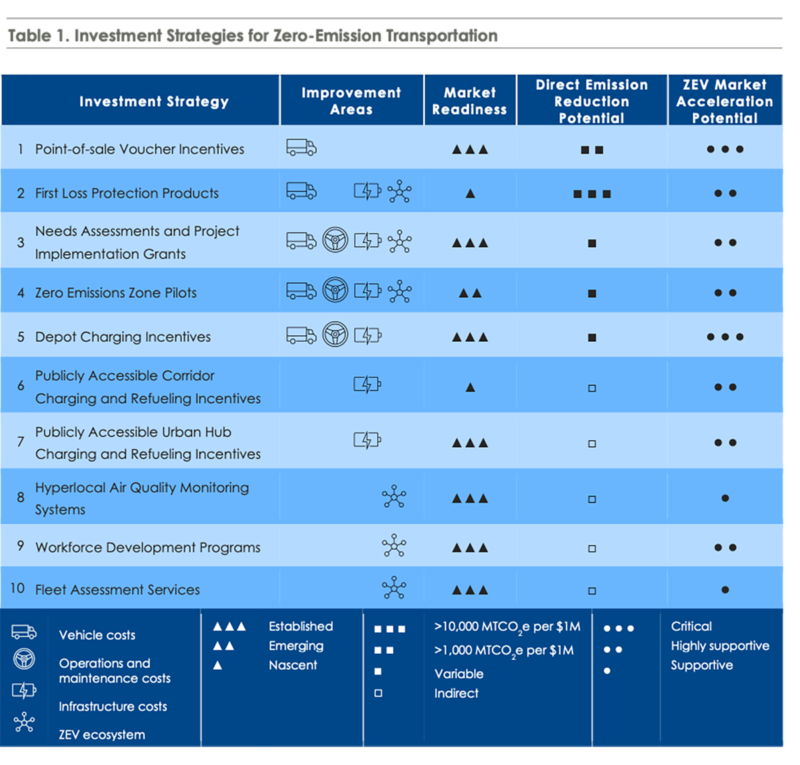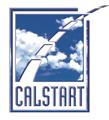10 Strategies to Accelerate Clean Transportation in the Northeast through IIJA
Ricardo Garcia Coyne
The Infrastructure Investment and Jobs Act of 2021 (IIJA) will allocate close to $7 billion to Northeast states to reduce emissions from the transportation sector, presenting a momentous opportunity for the region to position itself as a national leader in zero-emission technology.
By focusing IIJA funding on accelerating zero-emission technology adoption, Northeast states can substantially reduce emissions, enhance transportation access, and improve the health of communities affected by air pollution. On the other hand, if states decide to invest heavily in highway expansion, induced demand will likely lead to an increase in transportation emissions and further deprive communities of inclusive transportation access and clean air.

Source: Investment Strategies to Accelerate Clean Transportation in the Northeast
States throughout the Northeast must ensure that the transportation funding available is effectively and equitably directed toward clean transportation priorities, while at the same time exploring additional revenue sources and mechanisms to animate private sector investments. In our May 2022 white paper “Investment Strategies to Accelerate Clean Transportation in the Northeast,” CALSTART has identified 10 promising investment strategies to accelerate equitable zero-emission transportation adoption in the region. For each of these strategies, the white paper offers a description, strengths and weaknesses, design recommendations, potential impacts, and examples of the investment in practice.

Source: Investment Strategies to Accelerate Clean Transportation in the Northeast
As state governments determine how to prioritize investments of IIJA dollars, questions will arise on how to design and implement projects that lead toward more equitable decarbonized transportation solutions:
- How can government agencies ensure communities are actively engaged in project design and implementation?
- Which type of charging infrastructure support is needed in the short term to support electrification of early adopter fleets?
- How can voucher incentive programs encourage smaller fleets to participate without delaying emission reductions in prioritized communities?
- How can agencies unlock the potential of innovative financing models that require lower public funding to put vehicles on the road?
Existing government programs can provide answers to some of these questions, having learned what has worked in practice and what has not. For example, California’s Clean Mobility Options (CMO) Voucher Pilot Program has pioneered a two-phased approach to improve mobility through community needs assessments and project implementation grants. CMO puts community-based organizations in the driver’s seat and supports them to both identify needs and implement solutions. While currently funded by California’s Cap-and-Trade program, CMO’s approach presents a leading-edge example of how states can address transportation inequities using IIJA funding and position communities at the forefront of zero-emission technology adoption.
Another powerful example to consider is California’s Energy Infrastructure Incentives for Zero-Emission (EnergIIZE) Commercial Vehicles: a first-of-its-kind charging and refueling infrastructure program that covers a longstanding vacuum of support for depot-based fleets. With innovative approaches to cover make-ready costs and broaden access for fleets located in disadvantaged and low-income communities, EnergIIZE provides a reference for states to consider when designing infrastructure-focused programs.
While there is no one-size-fits-all solution, government agencies in the Northeast now have an immense opportunity to map out potential investment strategies for IIJA funding, ensure programs effectively tackle the industry’s main pain points, and advance towards an equitable, clean transportation future.
To share key findings on how Northeast states can accelerate zero-emission adoption, CALSTART hosted a webinar that showcased how agencies can seize the possibilities for clean transportation presented by IIJA. Discussions held with Georgetown Climate Center and industry members Proterra, ChargePoint, and Via highlighted the opportunities (and risks) that federal funding presents to the region, as well as key recommendations for government agencies to accelerate zero-emission adoption through voucher incentive programs, needs assessments and project implementation grants, and depot charging incentives. Watch a recording of these conversations and valuable insights below, made possible by the Energy Foundation.
Updated July 21, 2022 to include webinar recap and embedded video
